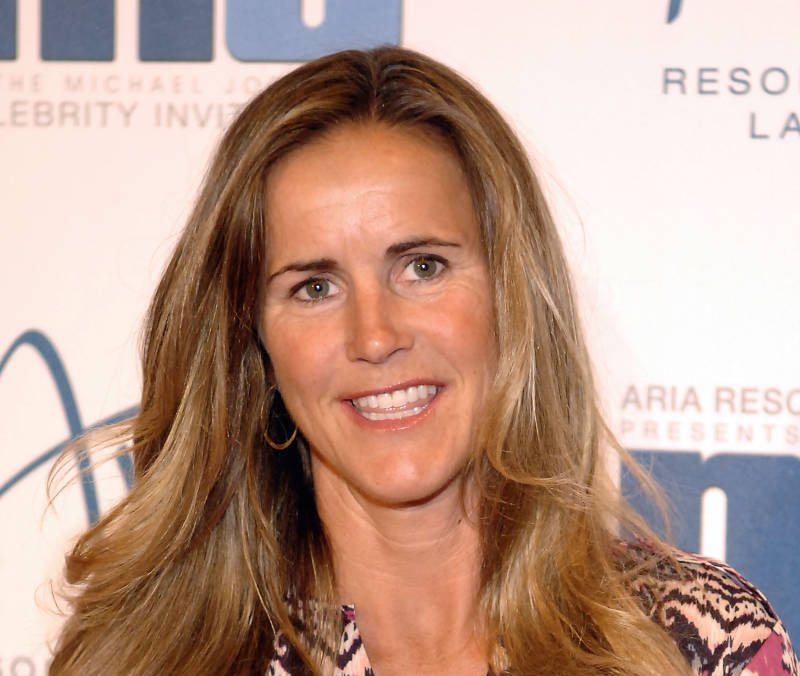Retired soccer player Brandi Chastain, who became a legend when she scored the winning goal in the 1999 World Cup final and famously ripped off her jersey in celebration, says she will donate her brain for concussion research.
Chastain, 47, a former Santa Clara University soccer star, who now lives in San Jose, has made concussion research a mission. In 2014, she joined with the Santa Clara Institute of Sports Law and Ethics and the Concussion Legacy Foundation to launch the Safer Soccer campaign to reduce the use of headers in youth soccer.
She announced her donation to the Massachusetts-based Concussion Legacy Foundation. Researchers there are focused on studying chronic traumatic encephalopathy, or CTE, a degenerative condition caused by repeated blows to the head. CTE can only be definitively diagnosed by examining the brain after a person's death.
In an interview with USA Today, Chastain said, "Hopefully, what can be learned is, can doctors and scientists and neuroscientists look at the brain of someone like me, who has been playing soccer a majority of my life, and really dissect the brain and say, ‘Here’s where we see it beginning?’ Could we then use that information to help say that before the age of 14, it’s not a good idea to head the ball?’ "
The concussion foundation's research team last month announced that it had found signs of CTE in the brain of former Oakland Raiders quarterback and NFL MVP Ken Stabler. But of the 307 brains in the bank, just seven are from women and none has been found to have CTE.
